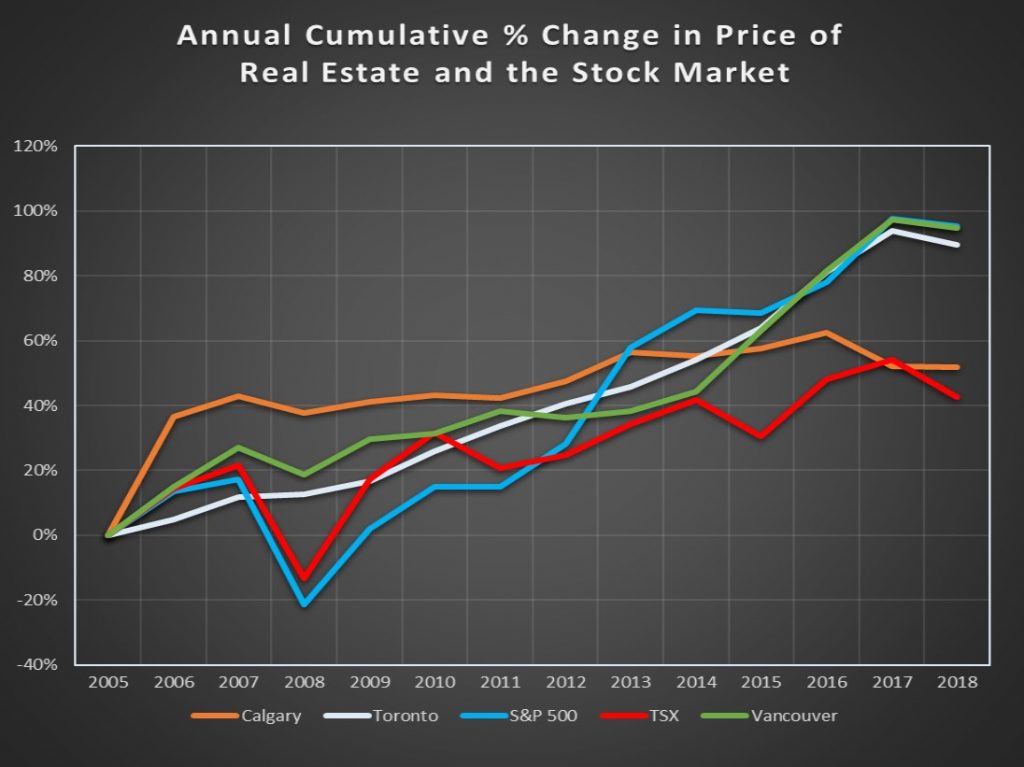(Sponsor Content)
The case for gold is still strong.
Gold has had a record run this year with the price passing through US $2,000 per ounce. That has pushed the S&P TSX Global Gold Index is up 48.98% [1], year-to-date, making it a top performing group on the Toronto Stock Exchange. By comparison, the S&P/TSX composite index was down 2.68%.
Gold’s resurgence after a nine-year bear market began early last year. Rising uncertainty about the staying power of the global recovery combined with interest rate reductions led to concerns about a weakening US dollar and a resurgence of inflation.
The impact of the Covid-19 pandemic has accelerated these trends. Global growth has fallen sharply and central banks have undertaken even more aggressive interest rate cuts to stimulate growth. The yields on bonds have fallen with some sovereign issues now in negative territory. The US dollar, which is used to price gold, has also declined against a basket of currencies.
Harvest Portfolios Group launched the Harvest Global Gold Giants Index ETF (TSX: HGGG) in January, 2019 to position itself to take advantage of a rebound in gold’s fortunes. The strategy behind HGGG could not have foreseen the pandemic, but the ETF’s performance has proved it is well positioned to thrive with this added challenge.
In a Q&A, Harvest President and CEO Michael Kovacs [MK below] revisits the blueprint underpinning the ETF and explains why the outlook for gold continues to be positive. He also discusses how the ETF aligns with the core Harvest philosophy of owning strong businesses.
Financial Independence Hub: Did you expect gold to be this strong in 2020?
MK: We were looking at a weakening economic cycle, but we could not have anticipated the pandemic; what happened this year is beyond anyone’s imagination.
We launched the ETF as a defensive investment because the economic cycle was pretty long in the tooth. We were not gold bugs, but had watched the market for some time, especially gold company shares.
How do you see the outlook for gold?
Gold may have got a bit over-priced in the short term, but over the next 12-to-18 months it should touch U.S. $3,000 an ounce, which is 50% higher than it is now. Why? The pandemic has created a whole new ballgame.
It ties into the massive amounts of stimulus injected into the global economy by governments and central banks. As a result of the pandemic, governments are budgeting with wartime percentages of debt. These levels will devalue currencies and could bring back inflationary pressures. That’s good for gold.
Warren Buffett recently bought his first gold holding, a stake in American Barrick. What does that say?
It was an unusual move considering that Buffett is a long-time value investor with a dislike for gold. He prefers assets that have cash flows or pay dividends. But he didn’t buy bullion, he bought the second most valuable gold company in the world, a great gold producer with great assets. It has a growing cash flow and pays a dividend. So, it’s a logical place for Berkshire Hathaway to diversify.
How will the Harvest Global Gold Giants Index ETF benefit from these trends?
When we launched the ETF, gold had been in a bear market for eight years. The industry had consolidated, share prices were low and we saw considerable value. At that point, average production costs for the model portfolio were U.S. $800 per ounce and most of the target companies were cash flow positive. We believed that if gold rose there would be a lot of upside potential. That is what has happened and will continue if gold prices rise. Continue Reading…







